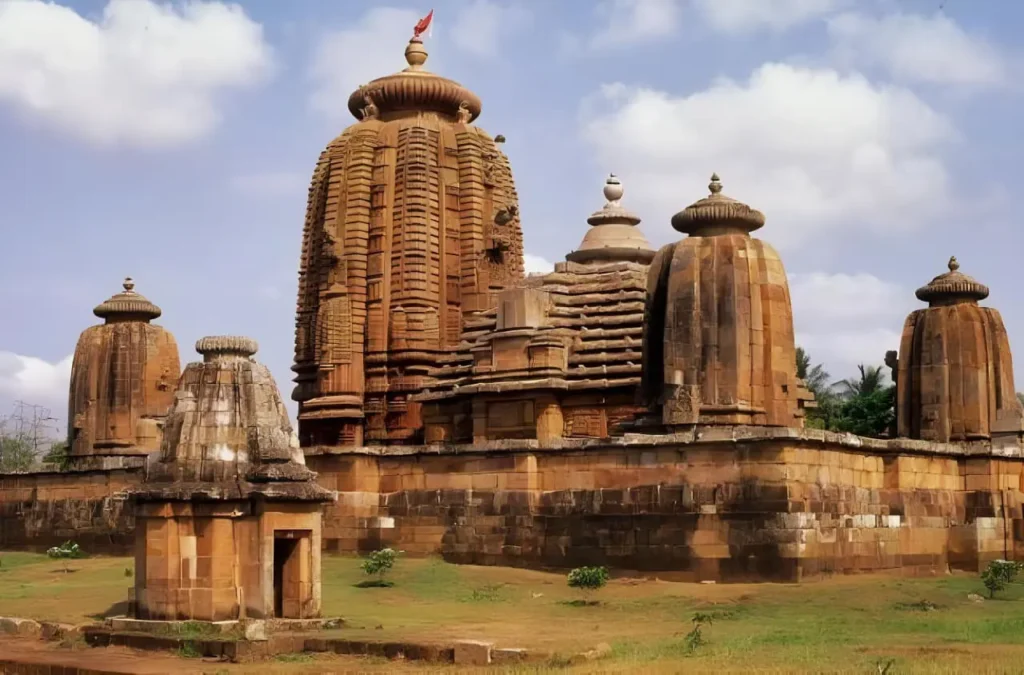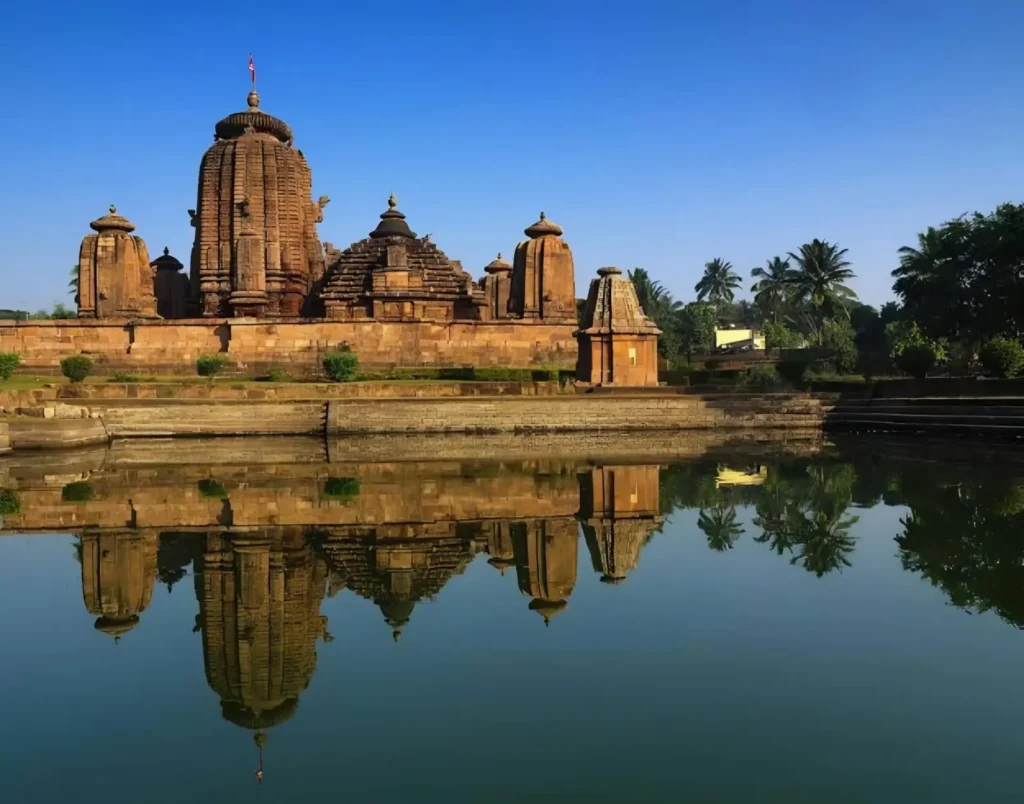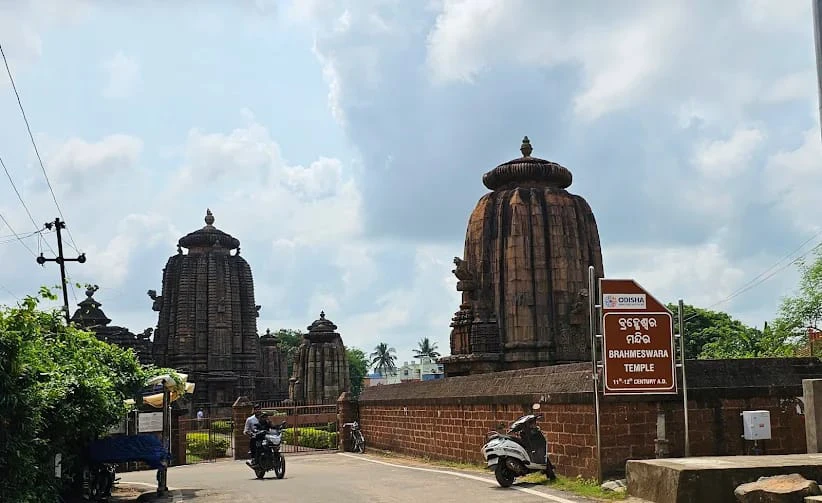
Table of Contents
Firstly, if you’re fascinated by ancient temples and crave to explore the lesser-told stories of Odisha’s cultural heritage, the Brahmeswara Temple in Bhubaneswar is a treasure waiting to be discovered. Moreover, located in the “Temple City of India,” this exquisite 9th-century shrine is a tribute to Lord Shiva and a fine example of the Kalinga style of temple architecture.
Additionally, let’s journey through its historic lanes, divine carvings, and mystic aura that make it a must-visit among the Temples of Bhubaneswar. Furthermore, this experience offers cultural richness. Likewise, it reveals spiritual depth. Consequently, it stands out as a timeless heritage site.Where is Brahmeswara Temple Located?
Who Built It and When?
Furthermore, this sacred site still stands tall—not just as a religious destination but also as a living chronicle of medieval Odisha. Moreover, for Shiva devotees, it is sacred ground. Likewise, for history buffs, it offers a walk through time. Additionally, for artists and researchers, it serves as a fountain of inspiration.
Consequently, the temple also incorporates iron clamps in its construction—an engineering detail that is rare for its era.
Temple Architecture – Why Is It Unique?
Unlike many other Shiva shrines, this temple blends both religious symbolism and architectural mastery. It features a rekha deula (sanctum tower) and a jagamohana (assembly hall), which together present a perfect balance of mass and grace.
Key Highlights:
- The tower rises about 18.96 meters, crowned with an Amalaka and Kalasa.
- It is richly carved with depictions of musicians, dancers, and divine beings.
- Unique addition: Four subsidiary shrines at the four corners, forming a panchayatana complex—one of the earliest instances in Odisha.
- Exterior walls are adorned with delicate sculptures of eight-armed dancing Chamunda, various tantric deities, and even erotic imagery—showcasing the temple’s openness to multiple belief systems.
Relevance in Today’s Times
The temple still stands tall, not just as a religious site but also as an architectural documentation of medieval Odisha. For Shiva devotees, it’s a sacred space. Meanwhile, for history buffs, it’s a living museum. Likewise, for artists and researchers, it’s a source of endless inspiration.
Moreover, the temple uses iron clamps in its construction—something unique and rarely seen in other temples of its time.
Why Visit This Hidden Marvel?
Here’s what sets it apart from other temples of Bhubaneswar:
- Tranquil surroundings perfect for peaceful exploration
- Less crowded, hence ideal for immersive experiences
- Close proximity to other historic temples in Bhubaneswar
- Stunning carvings for photography enthusiasts
- A perfect spot for heritage walks and cultural storytelling

People Also Ask (FAQs)
1. What is the Brahmeswara Temple famous for?
2. Is Brahmeswara Temple dedicated to Lord Shiva?
3. What is the architectural style of Brahmeswara Temple?
4. Who built Brahmeswara Temple and why?
5. Is Brahmeswara Temple worth visiting today?
How to Reach Brahmeswara Temple
- Nearest Airport: Biju Patnaik International Airport (Approx. 5 km)
- Nearest Railway Station: Bhubaneswar Railway Station (Approx. 4 km)
- Local Transport: Auto-rickshaws, cabs, and city buses are easily available.
Conclusion
If you’re planning to explore the Shiva Temples in Bhubaneswar, then consider skipping the usual routes and make your way to the Brahmeswara Temple. Its rich carvings, historical relevance, and spiritual vibe together offer an experience that lingers long after your visit.
Unlike many well-known temples, Brahmeswara quietly surprises you with its lesser crowd and deeper stories. Once there, the aura of ancient devotion naturally draws you into a space of calm and curiosity.Planning your Bhubaneswar itinerary? Don’t miss the serene charm of Brahmeswara Temple.
Found this helpful? Share this blog with fellow temple lovers and tag us when you visit!
